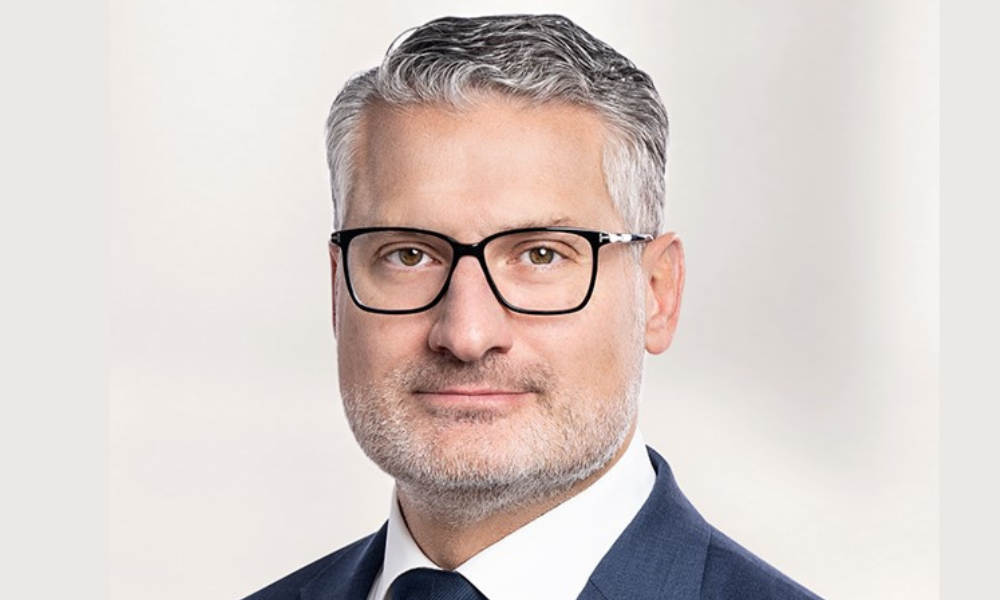As a result, there is a large disconnect between law school and private practice.
In Canada and the U.S., law schools have typically developed as academic institutions. Their traditional focus has been on legal knowledge and reasoning. Practice skills, ethics, and public responsibility have not been given much attention in the law school curriculum.
Law school teaches students how to think like a lawyer, but does not teach students how to practise law. The Law Society of Upper Canada removed itself from the education of students through the abolition of the Bar Admission Course a few years ago. Articling is intended to provide practice skills, but articling experience and supervision are not consistent from firm to firm. Law firms, especially smaller ones, are not geared to teaching.
The Carnegie Foundation for the Advancement of Teaching has examined the education of the professions, including North American lawyers. The release of its report in 2007 entitled “Educating lawyers: Preparation for the profession of law” has galvanized debate in the United States and stimulated curriculum reform.
The Carnegie report focused on how law schools prepare students for the practice of law, and compared these practices with other professions (medicine, teaching, nursing, engineering, etc.). It also examined the daily practices of teaching and learning with contemporary learning theory.
The authors of the report found that law schools should integrate the “three apprenticeships” for law students:
• cognitive (or theoretical);
• ethical; and
• practical
The core insight behind the integrative strategy is that effective legal education must be understood in holistic terms. There is a view by some that teaching the practical and ethical apprenticeships takes away from the cognitive or theoretical apprenticeship. However, the Carnegie study found all three apprenticeships would be strengthened through their integration with each other.
The report offers an alternative viewpoint that focuses attention on engaged practice — law is seen as “a tradition of social practice that includes particular habits of mind, as well as distinctive ethical engagement with the world.”
The report found law schools do an impressive job of teaching legal analysis. Within months of arriving at law school, students demonstrate new capacities for understanding legal processes, seeing both sides of legal arguments, sifting through facts and precedents in search of the more plausible account, using precise language, and understanding the applications and conflicts. In other words, law schools do an excellent job of teaching students to “think like a lawyer.”
With the exception of a few clinical courses, Canadian legal education does not provide training in professional practice, which prolongs and reinforces the habits of thinking like a student rather than an apprentice practitioner.
Other professions employ well-elaborated case studies of professional work. For three decades, medical education has been enhancing the role of clinical education, bringing the teaching of skills into close contact with the teaching of the basic sciences. There is a growing recognition that medical science is best taught in the context of medical practice with integral connections between the fundamental knowledge base and the complex skills of professional practice.
Pedagogy is essential; but integrating ethics and practical skills into the pedagogy will see knowledgeable, well-rounded, and responsible lawyers enter our profession. Integration will deepen students’ understanding of the legal theory we teach them and make them better lawyers.
Law school curriculum changes in the U.S. are underway and are accelerating. Here are some recent examples:
• City University of New York and New York University have initiated an integrated curriculum as recommended in the Carnegie report.
• Both Yale University and Southwestern University have reduced the number of first-year courses and added a clinical course.
• Washington and Lee University in Virginia has devoted third year entirely to experiential learning such as simulations, clinics, and externships.
• Northeastern University is alternating semesters of externships with classroom time.
• Harvard University requires work in a student clinic or on a pro bono project in order to graduate.
The world has changed. The legal profession has changed. Legal education in Canada has not. We must now turn a critical eye to our law schools to bring their curricula into the 21st century.
Doug Ferguson is director of the Community Legal Services Clinic at the University of Western Ontario. On Oct. 22-23, 2010 Western Law will host a conference on the future of Canadian legal education. For more information visit http://www.law.uwo.ca/conferences/CanadianLegalEd/.







